Battlefield 6’s hotly anticipated Battle Royale mode, RedSec, has officially arrived with Season 1, but its debut hasn’t been the smoothest. Yet the greatest surprise of the update has to be RedSec Gauntlet, which is essentially EA’s attempt to marry Battlefield 6‘s familiar squad warfare with RedSec’s survival-driven approach. According to the creators, Battlefield Redsec Gauntlet is “an all-new cutthroat, knockout-style elimination mode” where eight squads battle through four randomized objectives to rack up points, outlast other teams and vie for a single spot at the top. On paper, this sounds plenty promising (and fun), but it can get confusing once you first drop in. So to help you get started, here’s a quick rundown of what Battlefield RedSec Gauntlet is and how it plays.
Gauntlet Mode in Battlefield RedSec Explained
The new RedSec Gauntlet mode in Battlefield 6 is designed for 32 players with a total of eight squads of four. Every match lasts four rounds on the Fort Lyndon Redsec battle royale map, and each mission takes place in a different region of the battlefield. The Combat Zone will change based on the number of squads left standing, “so that the First Mission has the largest Combat Zone and the Final Mission has the smallest.” On top of that, each round will have a new objective, and your squad will be able to rack up points by killing, reviving, or completing missions.
To further up the ante, all points will be doubled in the final minute of each round, forcing teams to fight right down to the wire. The two lowest-ranked teams are eliminated at the end of every round until only two remain. Moreover, RedSec Gauntlet also lets you bring your own loadouts, including weapons, training paths, and gadgets, plus the classes from Battlefield 6 multiplayer will carry over. If you’ve previously played the standard multiplayer, your existing loadouts will also automatically import into RedSec Gauntlet.
All Mission Types in Battlefield RedSsec Gauntlet
Each RedSec Gauntlet “round” introduces a new mission type, complete with its own objectives and scoring system. The mode features eight missions across multiple Combat Zones, to make sure that “it is incredibly rare to have the exact same Gauntlet mission sequence in back-to-back matches.” Kills and revives both get you one point, and a successful revive also takes away a point from the opposing squad.
Meanwhile, some mission types are only available during specific rounds, such as Heist. With that out of the way, here are the eight tasks you will confront in RedSec Gauntlet. With that out of the way, here are all eight missions in Battlefield RedSec Gauntlet:
Circuit
You can think of Circuit as an expanded version of Domination. In Circuit, there are multiple consoles scattered across the map and your goal is to capture as many as possible. Every 20 seconds, your squad earns a point for each console under your control. Early rounds might include more than 30 consoles, but the final round narrows that down to just a handful.
Contract
Contract is where things get tense as every elimination, every revive, and every squad wipe matters. You get one point for a kill, one for a revive, and a whopping 15 for wiping a full squad. If a team’s wiped out, they’re out of the Gauntlet and the round ends once a certain number of teams have been eliminated or when the timer runs out.
Deadlock
Deadlock is sort of like King of the Hill, but with rotating zones and Battlefield’s signature scale. The mission is to hold onto zones, and you earn a point for defending a zone for three seconds, irrespective of how many teammates are inside it. The map layout changes as the match progresses, and the early rounds feature multiple rotating zones. However, by the end, everything narrows down to one single, concentrated hotspot.
Decryption
Decryption is a strategic, high-stakes mode that rewards patience. The goal is rather simple: teams must secure beacon devices and hold them for 50 seconds to “calibrate” for 10 points. Each player can carry one beacon device, but carrying it will broadcast your position for everyone to see, and sprinting will break the calibration.
Extraction
Extraction introduces a “grab-and-go” aspect (of sorts) to RedSec Gauntlet. The mission requires you to locate data drives and bring them to drone extraction points dotted across the map. Each successful extraction nets three points, and every player can carry up to ten drives at a time. However, drones remain active only for a short period, so you’ll need to time your deliveries.
Heist
Exclusively available as the final mission, Heist is the RedSec Gauntlet’s ultimate battle and a highly competitive take on Capture the Flag. Instead of flags, the two remaining teams compete to grab cases from the other base while defending their own. Each capture is worth 10 points, while dropped cases can be recovered or reset after a minute.
Vendetta
In Vendetta, the first player who gets a kill is named as their team’s High Value Target. From that point forward, the objective is to keep your HVT alive while going after the enemy’s. HVTs receive one point for every five seconds they are alive; however, they are always visible on the map to all players.
Wreckage
Wreckage is a clever spin on Rush-style gameplay, with bombs spawning around the map and teams collecting them to plant them at M-COM stations. Planting and detonating an M-COM nets 10 points, whereas disarming an enemy’s explosive yields five. While this may sound fairly simple, the catch here is that bomb carriers are visible to all players, and if time runs out before planting, the carrier explodes.
How Does Reassignment Work in Battlefield Redsec Gauntlet?
Reassignment is one of the more interesting features in Battlefield RedSec Gauntlet, allowing you and your squad another chance to stay in the fight. RedSec Gauntlet’s reassignment system is fairly simple. If you’re doing well in the battle, but are eliminated because of a few members bailing out, you can be assigned to another active squad instead of being sent back to the lobby.
The idea is to keep every squad fully manned and the match competitive, while rewarding skilled players who lose teammates during the mission. At the end of each round (save the Final Mission), all squads, even those that were eliminated, are reviewed for open slots. If a surviving team has an opening, or if multiple squads have partial rosters, a reassignment is made, “guaranteeing the next mission will have the correct number of squads.” However, full squads of four who advance to the next mission remain as is.






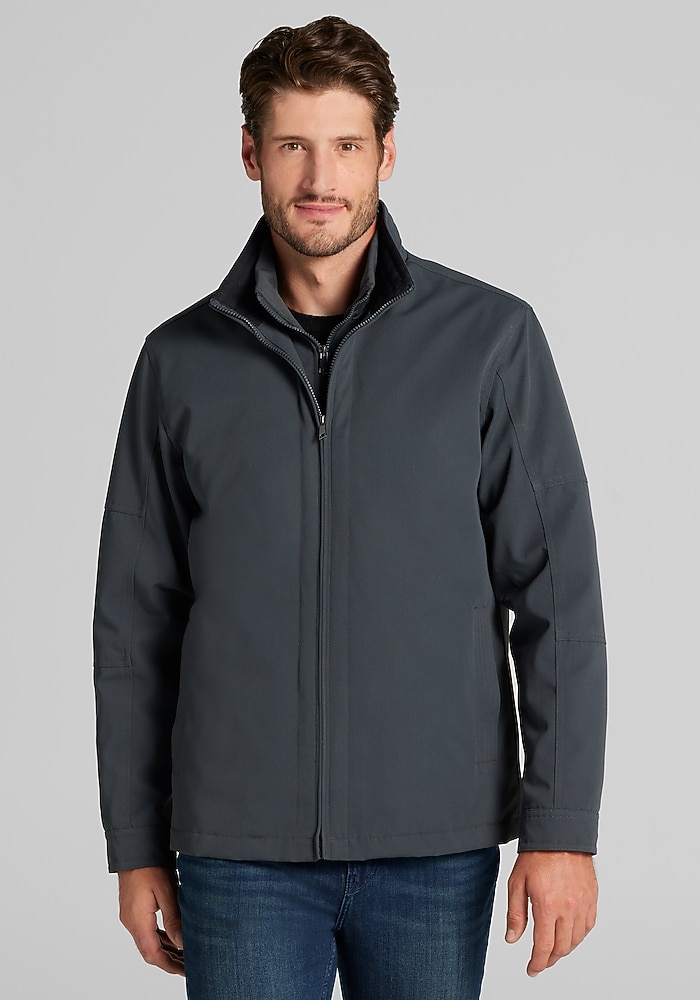

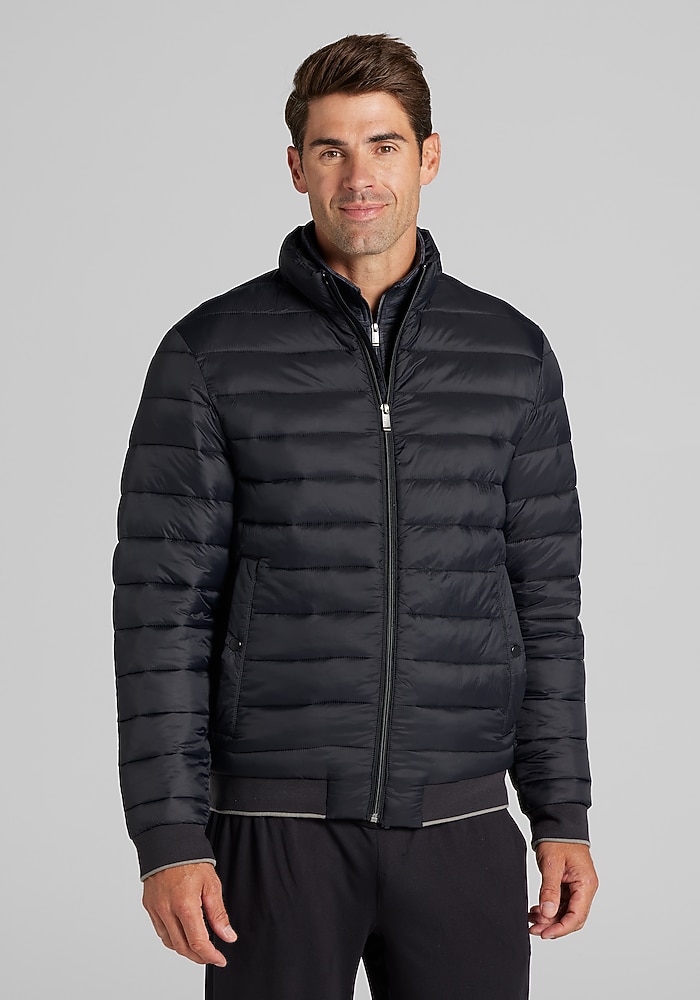
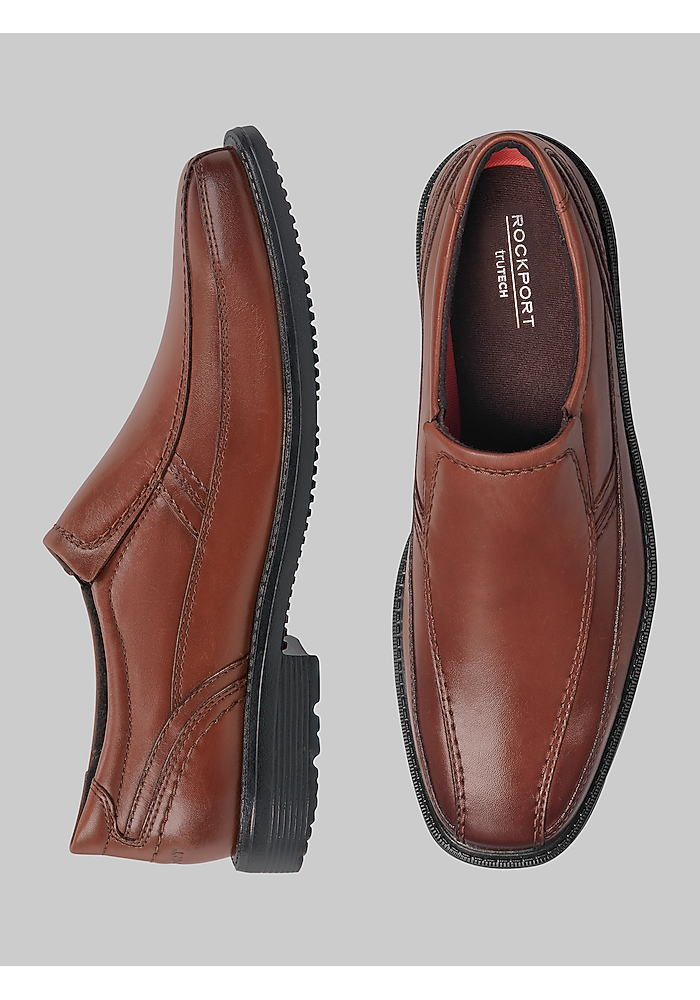




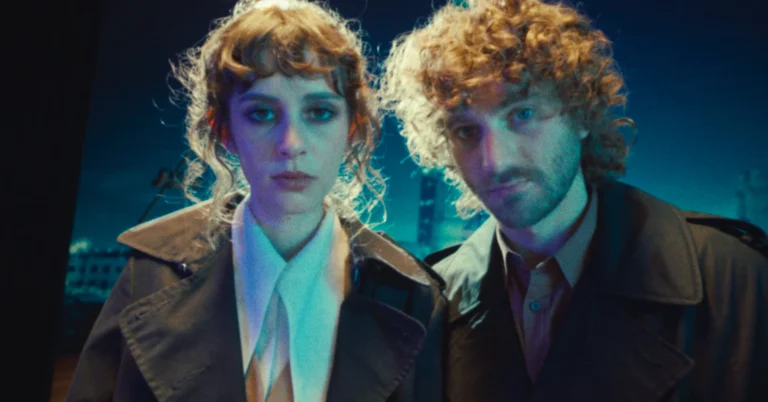

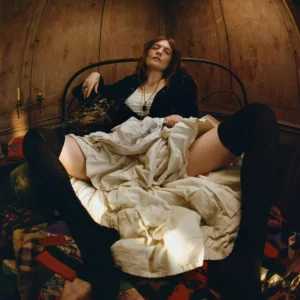 “Let me put out a record and not have it ruin my life,” Florence Welch sings on ‘Music by Men’, a stripped-back highlight from the album she’s putting out today. The visceral origins of these songs are hard to overstate: in 2023, complications from a miscarried ectopic pregnancy forced Welch into emergency surgery mid-tour, which saved her life and prompted an exploration of witchcraft and pagan imagery. Still seeking cathartic release, she delivers a torrential and shadowy record that’s anything but lacking in big choruses and brutal confrontation, yet contains some of her most intimate music to date.
“Let me put out a record and not have it ruin my life,” Florence Welch sings on ‘Music by Men’, a stripped-back highlight from the album she’s putting out today. The visceral origins of these songs are hard to overstate: in 2023, complications from a miscarried ectopic pregnancy forced Welch into emergency surgery mid-tour, which saved her life and prompted an exploration of witchcraft and pagan imagery. Still seeking cathartic release, she delivers a torrential and shadowy record that’s anything but lacking in big choruses and brutal confrontation, yet contains some of her most intimate music to date. 


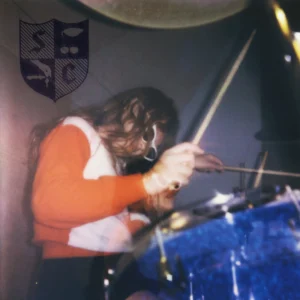 Katie and Allison Crutchfield, the twin sisters and former P.S. Eliot bandmates, have formed a supergroup of sorts with MJ Lenderman and longtime Waxahatchee producer Brad Cook. It’s called Snocaps, and their surprise
Katie and Allison Crutchfield, the twin sisters and former P.S. Eliot bandmates, have formed a supergroup of sorts with MJ Lenderman and longtime Waxahatchee producer Brad Cook. It’s called Snocaps, and their surprise 

 keiyaA wrote the music on her much-anticipated sophomore LP,
keiyaA wrote the music on her much-anticipated sophomore LP,  With A Little Death, claire rousay completes a trilogy that includes 2020’s A Heavenly Touch and 2021’s A Softer Focus. Crinkling moments of intimacy through field recordings and delicately textured piano, guitar, clarinet, viola, and electronics, the record features contributions from M. Sage and Mari Maurice (aka more eaze). The eight-minute title track, built on piano and viola, is the perfect conclusion and one of the most emotional pieces of music I’ve heard from rousay.
With A Little Death, claire rousay completes a trilogy that includes 2020’s A Heavenly Touch and 2021’s A Softer Focus. Crinkling moments of intimacy through field recordings and delicately textured piano, guitar, clarinet, viola, and electronics, the record features contributions from M. Sage and Mari Maurice (aka more eaze). The eight-minute title track, built on piano and viola, is the perfect conclusion and one of the most emotional pieces of music I’ve heard from rousay. After reissuing the Belair Lip Bombs’ 2023 debut, Lush Life, Third Man Records has now released the Melbourne power-pop band’s riveting new album
After reissuing the Belair Lip Bombs’ 2023 debut, Lush Life, Third Man Records has now released the Melbourne power-pop band’s riveting new album  Alexa Rose has followed up 2021’s Headwaters with a stunning new album, Atmosphere, has arrived via
Alexa Rose has followed up 2021’s Headwaters with a stunning new album, Atmosphere, has arrived via 